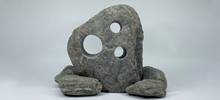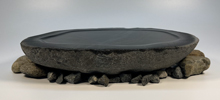Snake Hides & Decor
One of the characteristics that likely drew you to snakes was their adaptability to various climates. Snakes live on almost every continent, meaning they have a range of habitats they call home. You may wonder how these majestic creatures survive in the cold. Or you may have noticed a change in your snake’s activity level when temperatures fall. Are they hibernating? Snakes generally engage in brumation, which could be mistaken for hibernation. We’ll discuss the differences between the two below and take a quick note from snakes on how to keep their environment a healthy place year-round.



